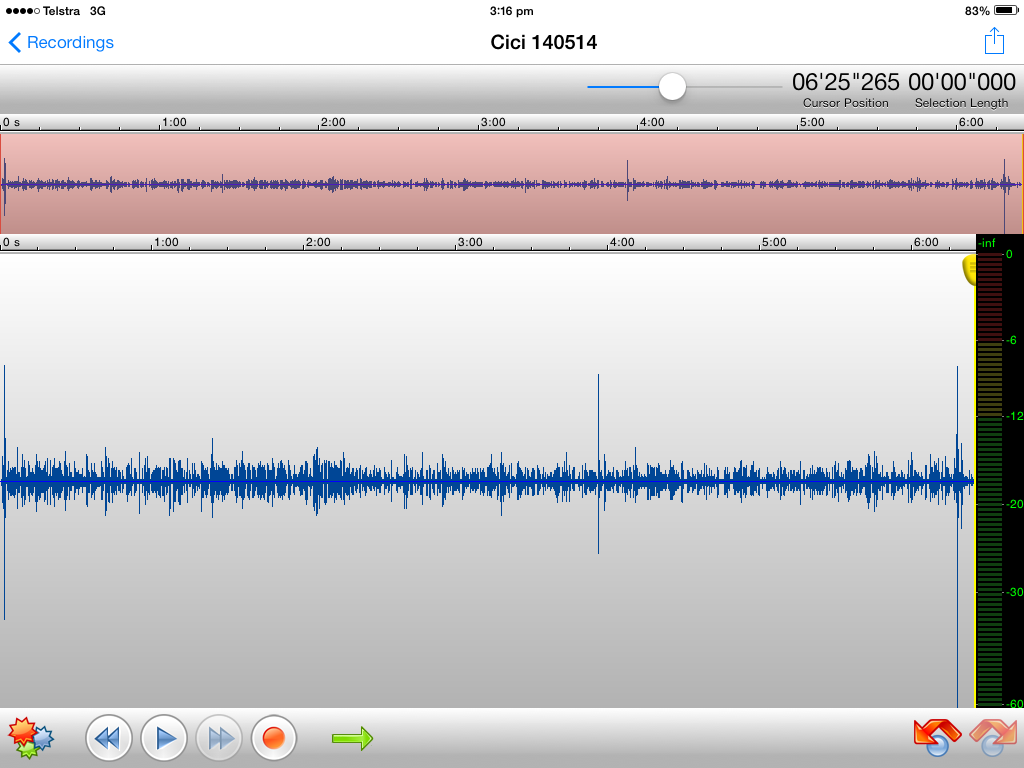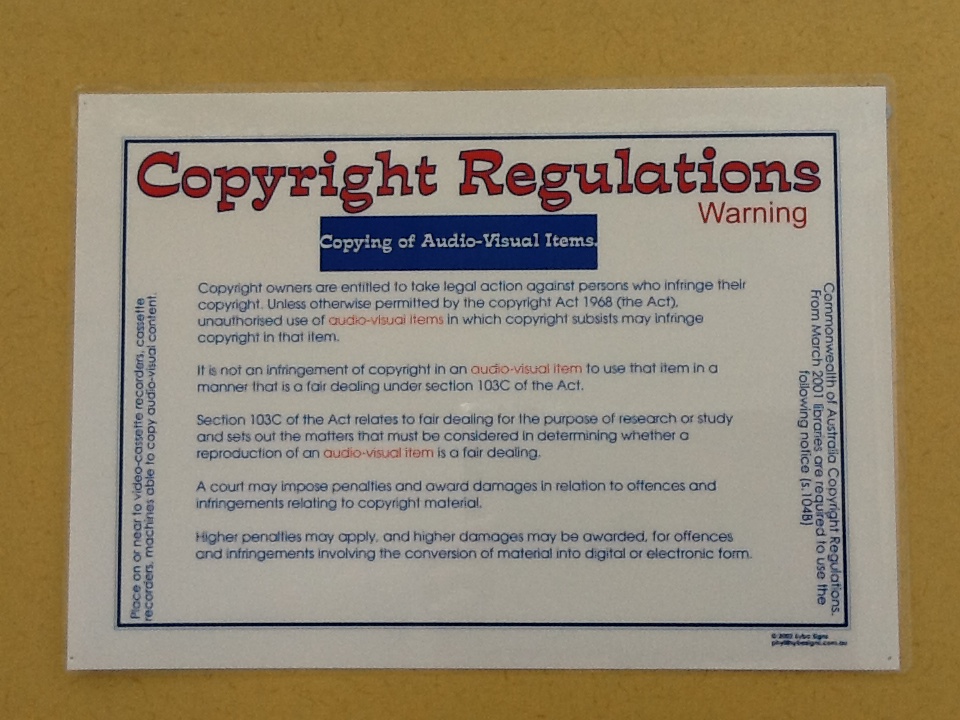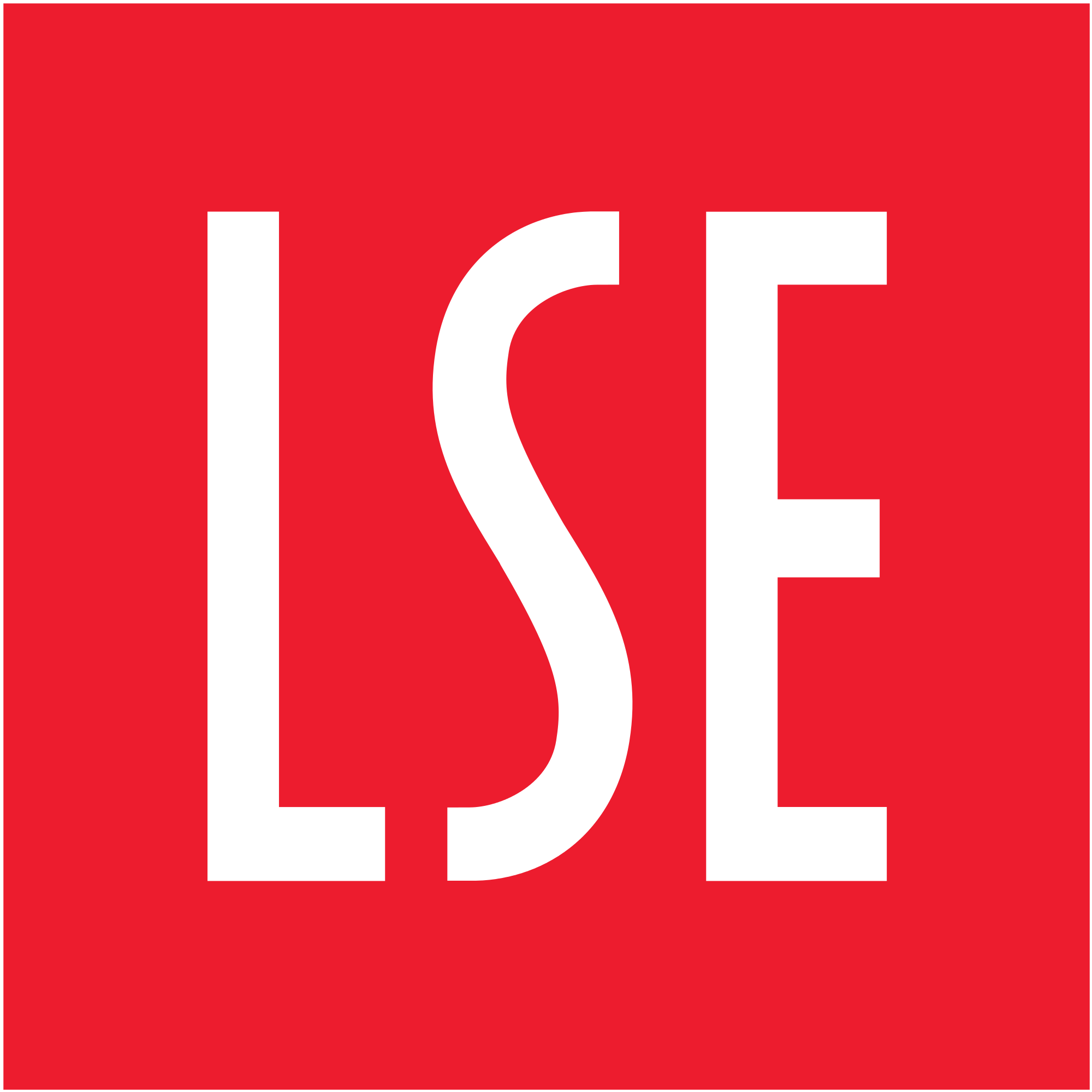Maximising research impact and promoting knowledge sharing require researchers to pay greater attention to the ways in which data are collected, processed and stored for systematic access at a later date. This also means that questions of privacy and copyright would emerge naturally. In this post, Jenny Ostini explains how she has dealt with the issues of licensing, privacy and communication with research participants while she was building up a database of digital literacy narratives based on her research project to study people’s everyday digital literacies.
As a communication historian working in a digital research institute, I often find myself asking tricky research and ethical questions. This is not necessarily because I set out to do so, but because they are inherent to the nature of new media and technology and may not immediately have obvious answers. This is especially the case when there is a greater focus on the technical aspects of innovation than on the social. Many studies of technology have a greater focus on the “gee whiz” factor of innovation (what Kathleen Tynan refers to as the “rah-rah promotion of technology”) for its own sake rather than critical examination of short and long-term implications of technology. These ethical questions may get swept under the rug.
What some might call the administrative and technical issues of research can have serious implications both for the research outcomes and for researcher’s use of fieldwork data. In my current research project, questions of how data are collected and shared have become such significant issues that the project has broken into two streams: the fieldwork itself and the management of the data.

My research project is a study of people’s everyday digital literacies, that is, the practices in which we engage on a daily basis as we interact with technology. I’m collecting people’s stories of their first encounter with a computer and their most recent uses of computers and digital devices. I’m digging into their memories of learning to read and write and learning to use computers. I’m also exploring the rules around using computers at home, at school and personally. And I’m trying to find out how comfortable people feel with technology and what they do when things go wrong. I’m interviewing a wide range of people about their experiences: from 14 and 15 year old schoolgirls in Brisbane to new university students and postgraduate students to academics involved in a digital research network at a regional university. I’m trying to build up a picture of the trajectories of individual digital literacy within each person’s social context. It has also become a work-in-progress testing some of the ethical and copyright issues around digital research.
Social science research is often focused on the big questions, requiring large samples and de-identified data. Ethnographies and social history are the stories of the particular and the individual. Understanding why something is said or done is about knowing how that individual is situated in their social, economic and political contexts. As an individual researcher this is not an issue. It simply requires careful planning and use of information. But what happens when you want to go beyond the individual researcher to build shared resources that you might not be able to control access to, and use of? Or if your goal is to build a shared research resource?
One of the outcomes of my research project will be a database of digital literacy narratives similar to the Digital Archive of Literacy Narratives hosted by Ohio State University (DALN – http://daln.osu.edu/) (see also Selfe and Hawisher, 2004; Tyner, 1998). My project is ongoing and modular where the intention is, over time, to add interviews from different groups of participants. It is also intended to be collaborative and participatory. Collaborative, in that other researchers will record and upload digital literacy narratives and participatory, in that the general public will be able to add records as well. The database will be licensed under Creative Commons – Attribution Only (CC BY 4.0) which means that anyone can access the sound files and transcripts and use/reuse them for any purpose, including commercial. While your heart skips a beat at the “c” word, let me explain.

One of the most important issues to consider if you wish to share data is licensing. In fact, I’d go as far as to say that one of the central issues for all research today is licensing. As academics we have a traditional aversion to commercial exploitation of our research. Researchers seem to be fairly equally divided between having a deep personal commitment to open resources and pathological protection of data. For those committed to open source licensing, our first inclination may be to use Creative Commons Noncommercial licenses (NC). However, NC licenses restrict the researcher’s own use of materials including for use in traditional academic for-profit publishing (Rundle, 2014). If your commitment is to sharing knowledge as widely as possible, you have to open it to the possibility of commercial use. As Bethany Nowviskie (2014) wrote recently: “I came to understand that my “non-commercial” requirement was actually weakening the Commons.” If you want your data to be reused by making it available on a database, then unless you just want others to admire and perhaps be jealous of, your lovely data, you need to license it so that it can be shared.
University ethics committees are often biased towards the natural sciences. They rightly focus on concerns about de-identification, secure storage of data, and removing data contextuality. If you want to collect information to share and even to re-use and repurpose, you need to read the ethics approval documentation carefully and fill it in appropriately. This is not advice about how to avoid ethics scrutiny, but advice about how to thoughtfully, in consideration of your research participants and their interests, with their full and informed consent, gather information that can be specific, contextualised, and used in multiple contexts.
Some case studies might be appropriate here. In one case, researchers interviewed research participants about their use of mobile technology. Ethics clearance was obtained prior to the interviews. Following use and publication of the data, the researcher wanted to set up a Facebook page to collect further information and facilitate an online support community. Can that researcher embed audio clips from the interviews and images on the Facebook page? It all depends on what they wrote and what was approved by their human subjects committee. If they said that data was to be de-identified, stored securely and not reused, then no.
If they write that collected data will be identified, personal information will be stored in identified form, personal information will be published and reported in identified form, that recordings and transcripts will be retained and used beyond the initial analysis and that data will not be destroyed following the requisite five years, then yes.
By now the antennas of any reputable ethics board or researcher will be twitching and rightly so. What you as the researcher needs to do is to think carefully, create detailed plans and explain exactly how you are going to protect your research participants. Because that is what the whole process is about, not just satisfying institutional requirements but protecting the privacy and interests of your participants. What I wrote was:
This is a documentary research project with the express intention of retaining all material in a public archive. All participants will understand the purpose of the interview before proceeding. Only first names will be used to identify records and participants may choose to use a pseudonym if they prefer. Due to the ethnographic and documentary nature of the research, true anonymity is not possible. To mitigate risk, participants will be given extensive briefing as to how and where their information will be displayed. If participants choose to review the transcripts and sound recordings, they will be able to do so before the information is published. They will be able to withdraw their data from the research project at any point.
The consent form was developed in consultation with the manager for research integrity and ethics at my university. The consent language was tweaked carefully to a final version that said:
I understand that information gained during the study will be published in a public archive and that audio files will be linked to a photograph and a first name. The researcher has explained to me options for increasing my privacy by using a pseudonym and an alternative to a photograph.
I understand that the digital audio files will be placed in a public access archive under Creative Commons Licensing, which means that other people will be able to listen to the stories and use sound clips from it.
This last sentence was the most important. Originally I simply included the name of the Creative Commons license but then we decided that while that was legally correct, participants might not understand the implications of this. A plain language explanation was used instead. To be honest, I started this project terrified that I wouldn’t get any research participants if people understood exactly what they were agreeing to. I thought that one of my research findings could well end up being that I can’t yet do this kind of research successfully in Australia. And yet, perhaps because people are becoming more aware of what it means to have digital identities and lives, and hopefully in part, because of the plain language description of what I was doing, I am currently mid-fieldwork with a good number of participants. I have found however, that people are willing to have their narratives recorded, but not be photographed. Fortunately the photographs are not the most significant part of the research.
A final brief consideration is the terms of your grant. Activities funded by national granting agencies often contain conditions about data storage. As a researcher you may be keen to save money or simply be familiar with publicly available cloud storage for gathering and sharing fieldwork data. For example, building a website using WordPress, storing film clips on YouTube or Vimeo, sound files on Soundcloud and maybe a few of the digital storytelling websites. Your funding agency may not allow this. For example, research conducted using funding from the Australian Research Council requires you to store your data in Australia. Cloud servers must be physically located in, and regulated under, Australian territory and law. This may limit your options and increase the costs for your research. Or you may discover, as I did, that your university and Federal government provides secure storage that can be used by researchers. (http://www.qcif.edu.au/). There is still the software cost and site development, but that is a question for another blog post.
References
Nowviskie, B. (2014) why, oh why, CC-BY?. URL: http://nowviskie.org/2011/why-oh-why-cc-by/. Accessed 16 May 2014
Rundle, H. (2014) Creative commons, open access, and hypocrisy. URL: http://www.hughrundle.net/2014/03/23/creative-commons-open-access-and-hypocrisy/. Accessed 16 May 2014
Selfe, C. L. and Hawisher, G. E. (2004) Literate lives in the Information Age: Narratives of literacy from the United States. Mahwah, N.J.: Lawrence Erlbaum Associates.
Tyner, K. R. (1998) Literacy in a digital world: Teaching and learning in the age of information. Mahwah N.J.: Lawrence Erlbaum Associates.
About the author
Jenny Ostini is a Postdoctoral Research Fellow (Digital Futures and Personalised Learning) with the Digital Futures Collaborative Research Network. Her current research project looks at everyday digital literacies, the practices in which we engage in daily as we interact with computers. She is recording digital literacy narratives from participants at different stages of their educational lives. Her goal is to map out the domains of literacy and the ways people engage with technology at different ages and educational stages, and in different contexts. She is also building a database of the digital literacy narratives both as a tool for researchers and as a community story resource. This allows her to explore some of the ethical issues around doing and sharing fieldwork in a digital age.
For citation: Ostini, J. (2014) Fieldwork in a digital age: Questions of privacy and copyright. Field Research Method Lab at LSE (19 September 2014) Blog entry. URL: https://blogs.lse.ac.uk/fieldresearch/2014/09/19/fieldwork-in-a-digital-age-questions-of-privacy-and-copyright/



